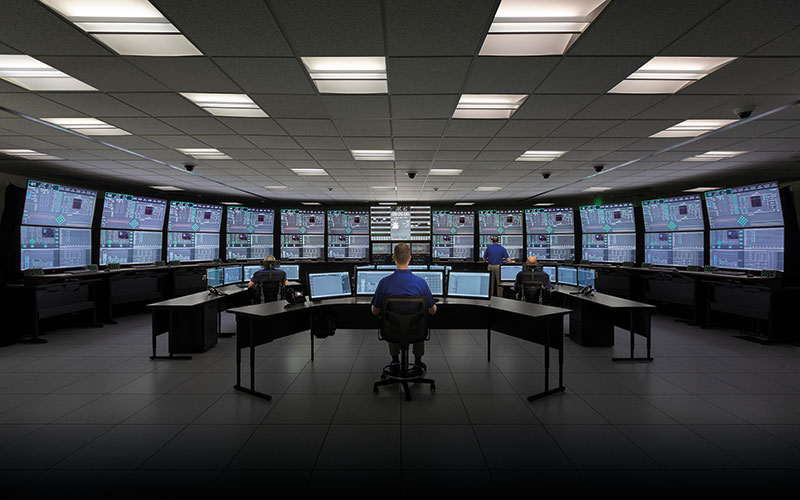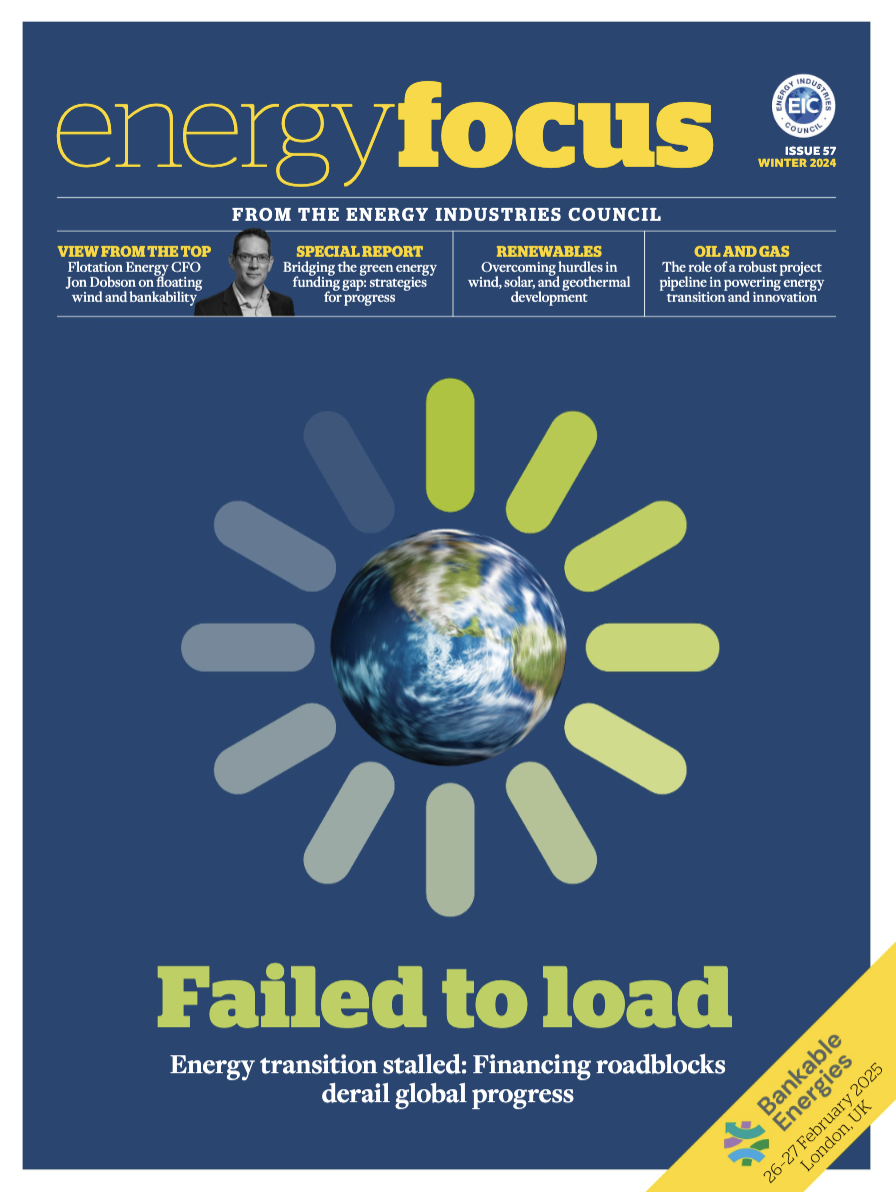Europe’s big plans for small modular reactors
Tim Yeo at the New Nuclear Watch Institute on putting SMRs on the map

When the new President of the European Commission invites a teenage climate activist to the launch of a proposed new law to cut carbon emissions, the debate about climate change is getting broader.
When that activist dismisses the law that Ursula von der Leyen called the ‘heart of the European Green Deal’ as ‘empty words....surrender’ and accuses the EU of only ‘pretending’ to be a leader on climate change, the debate is getting franker, too.
Filling the green power gap
Until two years ago, these events would have been unthinkable – but global concern about climate change is rising fast. The need for a much more rapid switch to low-carbon technology is now extremely urgent. The significant and welcome growth of renewable energy, aided by the falling cost of solar and wind power, is set to continue. However, it is clear that for the world to have any chance of reaching net-zero emissions by 2050, significant additional nuclear capacity is also needed.
This presents a huge opportunity for the nuclear industry. In much of Asia, the Middle East and countries around the borders of the EU such as Belarus, Russia, Ukraine, Turkey and the UK, large nuclear plants are already under construction or in development. Within the EU, however, investment in new nuclear plants is mostly confined to east and central European member states.
Smaller is better
A game-changer in this scenario may soon appear in the form of small modular reactors (SMRs). SMRs can be sited in more varied locations, away from large grid systems, and can bring power to remote or less developed areas, or those where demand is too low to justify bigger plants. They can also fit easily on redundant brownfield sites where coal-fired power stations may have previously operated and which are not large enough to host a 1GW nuclear reactor.
The lower initial capital investment requirement and shorter build time makes financing easier and opens up the chance of greater reliance on private funding. Construction cost savings may result from modular designs that enable manufacture to take place in controlled conditions on a factory assembly line – potentially also improving build quality and efficiency.
A high level of passive and inherent safety features can be integral to the designs. The possibility of siting SMRs below ground level can reduce vulnerability to terrorist threats.
Advanced reactors can not only generate electricity but also supply heat to homes, businesses and industrial processes. They can produce hydrogen – whose important future role in cutting emissions is becoming more widely recognised – as well as synthetic fuels to help the transport sector transition away from oil.
Floating innovation
Rosatom’s pioneering work on floating reactors opens the possibility of SMR technology being deployed in a wider range of locations, including some too hostile for other types of nuclear plant.
Floating reactors can also provide fresh water, an essential consideration in some places. The first floating reactor, the Akademik Lomonosov, has just started operating in Chukotka, Russia.
Closer to SMR reality
With all these potential benefits, it is not surprising that Europe is taking a growing interest in SMRs. Memorandums of Understanding (MoUs) have already been signed in several European countries.
Last year, NuScale Power signed two MoUs – one with Romania’s current nuclear operator Societatea Nationala Nuclearelectrica SA, which provides 20% of the country’s electricity; the other with CEZ Group, which produces almost 75% of the Czech Republic’s electricity from fossil fuels, renewables and four Russian-designed nuclear reactors. More recently, NuScale has also finalised an agreement with Ukraine’s State Scientific and Technical Centre for Nuclear and Radiation Safety. These MoUs all provide a basis for exploring the potential for deployment of NuScale’s innovative technology in the three countries.
Another leader in the SMR race is GE Hitachi Nuclear Energy, which signed an MoU with Polish chemical company Synthos last October to collaborate on the deployment of its BWRX-300 SMR in Poland. GE Hitachi also has an agreement with Fermi Energia OU to look at the feasibility of building the same design in Estonia.
For the world to have any chance at all of reaching net-zero emissions by 2050, significant additional nuclear capacity is also needed
The great SMR race
Many other SMR designs are at different stages of preparation in North America, China and elsewhere. Some of these may end up being developed in Europe.
The leading British player is Rolls-Royce, which is working with the Nuclear Advanced Manufacturing Research Centre and 10 UK companies. The availability of sites that are licensed for nuclear installations should facilitate the rollout of SMRs in the UK. The current government appears supportive, following a period during which the signals from Whitehall have sometimes been mixed.
Michael Liebreich suggested last year in Bloomberg New Energy Finance that Russia ‘appears to be well in the lead in the SMR race’. Drawing on its experience with nuclear-powered icebreakers, the country may move quickly to nth-of-a-kind reactors with its RITM-200.
Whether that or any other design ends up being built in Europe may depend on a common-sense licensing regime emerging, and SMRs achieving cost reductions. The jury is still out on this, but the potential for cost-competitive products clearly exists.
One UK SMR power station can produce 440MWe of electricity – enough power to:
- Supply a city the size of Leeds
- Charge 88,000,000 smartphones
- Light 40,000,000 bulbs
- Charge 62,857 electric cars
The decade of SMR action?
Even outside the EU, the UK can be a player in the SMR marketplace. A strong and consistent government commitment to nuclear energy is needed to boost investor confidence and to encourage and nurture a trained and skilled workforce. Business and trade unions alike will respond to the right political signals.
At a recent meeting of Canadian and British energy and climate experts organised by Kirsty Gogan of Energy for Humanity, the attitude towards SMRs was positive, without being dismissive of the challenges that remain. These include the hostility of some environmentalists to all things nuclear. Encouragement was drawn from two campaigners who identified as ‘evidence-based greens’ – former opponents of nuclear who are now supporters.
In Europe, the immediate task is to secure the European Commission’s recognition of the essential role of nuclear energy, and to maintain the right of individual EU member states to decide their own energy mix. With those pre-conditions in place, SMRs could be on the way, with Europe in the vanguard.
By Tim Yeo, Chairman, The New Nuclear Watch Institute
Find out more about opportunities in the nuclear sector with the EIC’s upcoming webinar on Tuesday 5 May, including Doosan, Rolls Royce, Sellafield, HR Wallingford, NDA and Nucear AMRC.






Follow us
Advertise
Free e-Newsletter